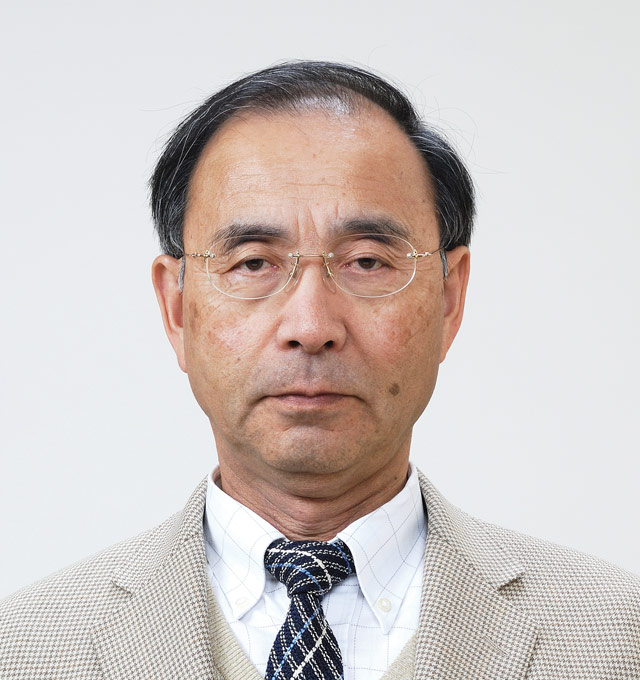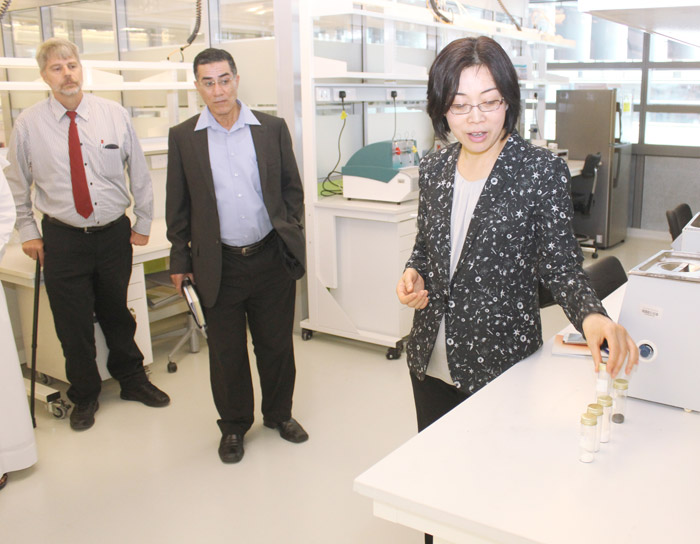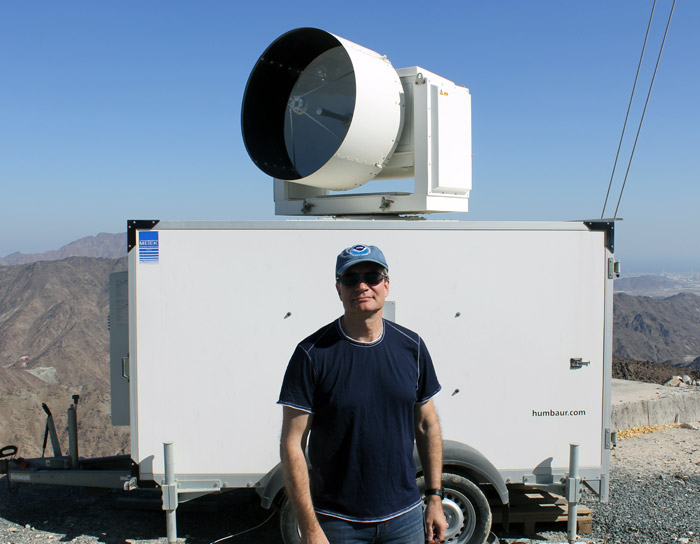Biography:
Prof. Murakami is a Designated Professor from the Institute for Space-Earth Environmental Research, Nagoya University and a visiting scientist at the Japan Meteorological Research Institute (MRI). Masataka Murakami had also been a scientist in the Cloud Physics section of the Meteorological Research Institute, Japan Meteorological Agency since 1984, including the last 21 years as Section Head, and involved in cloud physics, precipitation systems and numerical modelling.
He served as a member of the International Commission on Clouds and Precipitation from 1992 to 2000.
Prof. Murakami is chair of American Meteorological Society (AMS) Planned and Inadvertent Weather Modification Committee, as well as a member of the World Meteorological Organization (WMO) Expert Team on Weather Modification.
Project Brief:
“Advanced study on precipitation enhancement in arid and semi-arid regions”
Prof. Masataka Murakami’s project focuses on innovative algorithms and sensors dedicated to identifying the clouds most suitable for seeding and their frequency of occurrence.
Prof. Murakami’s project team intends to develop optimal seeding methods and new statistical evaluation methods to study the effects of long-term seeding through accurate numerical models.
Researchers from Nagoya University, the University of Tokyo and the Japan Meteorological Agency also contributed to this research project.
The observation data collected, including details on the seeding schemes and the algorithms for satellite data analysis will be made available to the public at the end of the study.
Key Outcomes:
- Analyzed seasonal, geographical, and diurnal variations in cloud occurrence over the UAE using satellite data, though biases were found compared to ground observations.
- Characterized seeding agents like hybrid flares and investigated their impacts on cloud microphysics.
- Completed aircraft observations and ground-based remote sensing measurements, with data quality control and initial analysis of seeding effects.
- Tuned numerical weather prediction models like MRI-NHM, CReSS, and NICAM for the UAE region to simulate aerosol-cloud-precipitation processes and seeding impacts.
For more information on the project please visit: https://japan2016uaerep.wordpress.com






